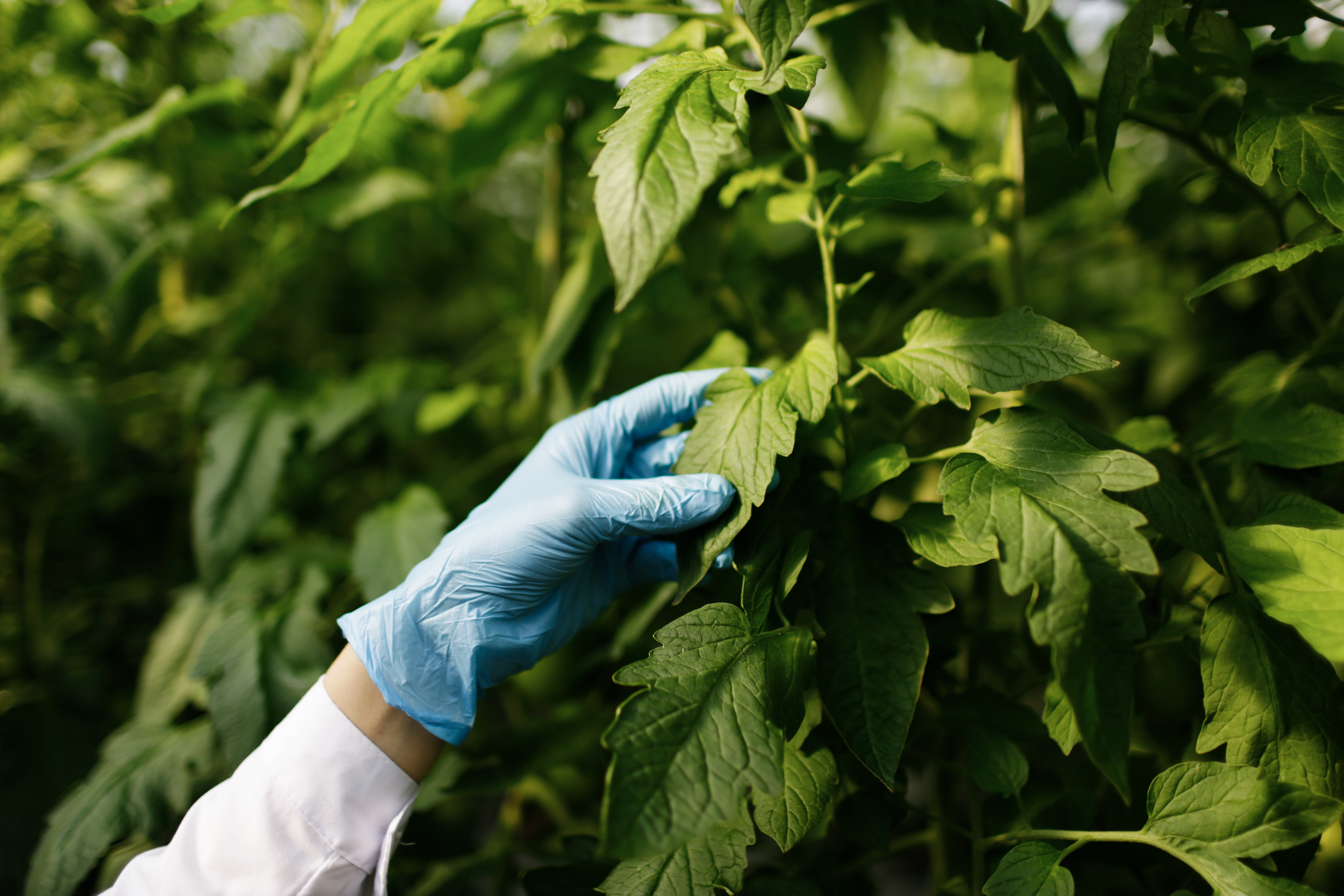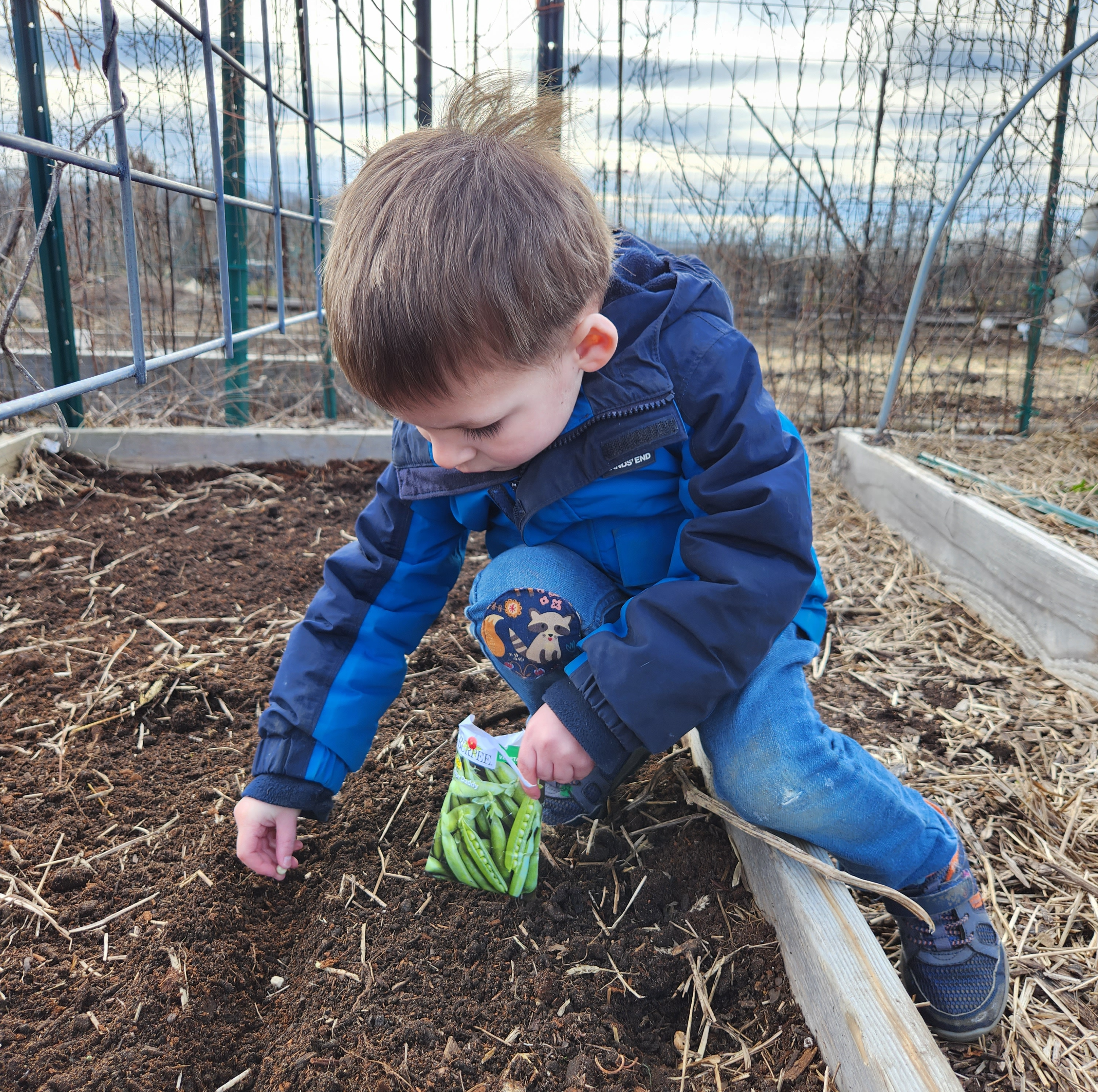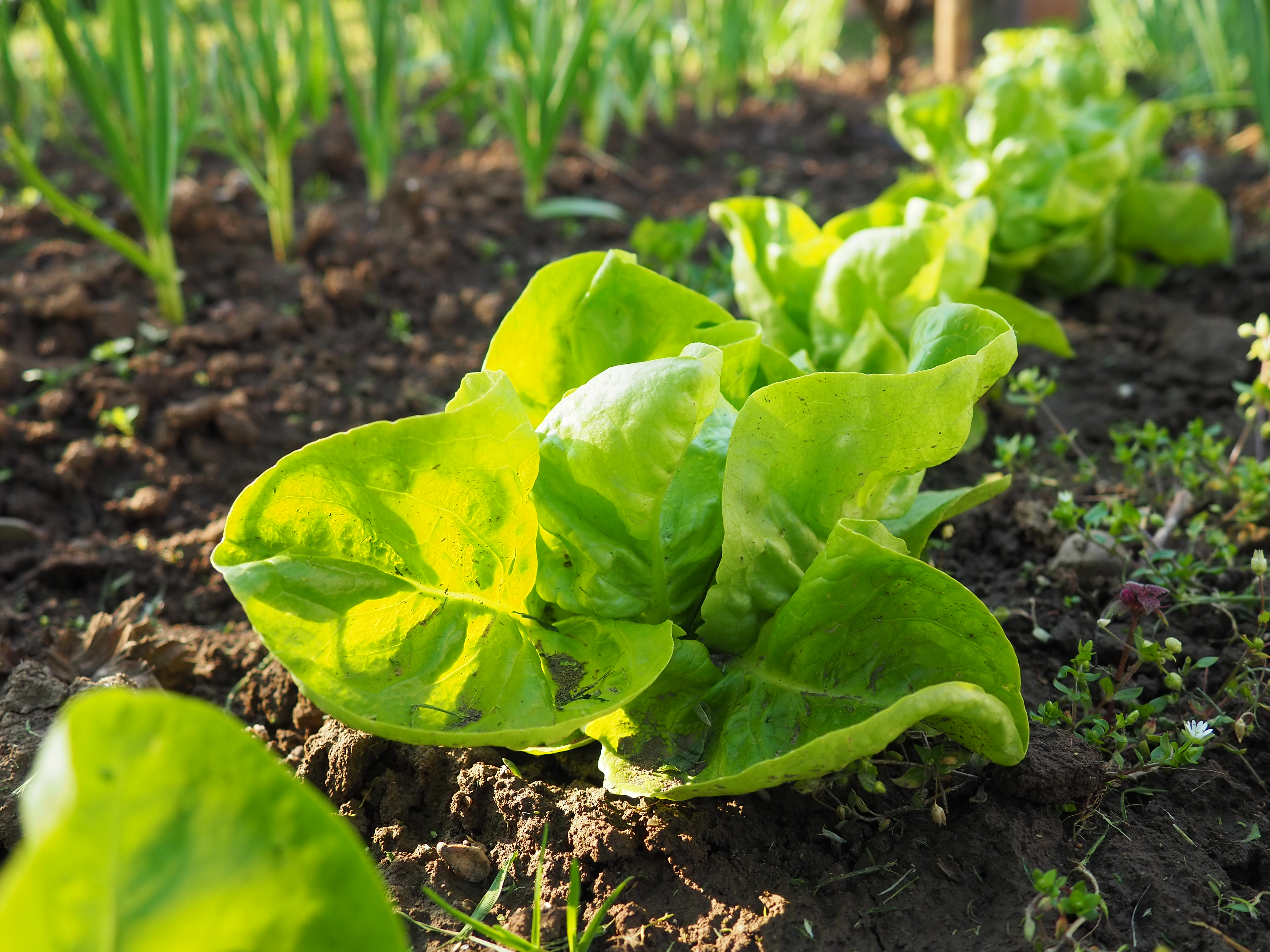
Tomato Growing Tips & Tricks
Tomatoes hold a special place in the hearts of many gardeners. While basic tomato growing practices are well-known, diving into advanced care techniques can elevate your tomato game to new heights. From strategic fruit removal to battling pesky diseases, let’s explore a comprehensive guide that goes beyond the usual and takes your tomato cultivation skills up a notch! Pruning for Vigor Pruning isn’t just about aesthetics; it’s a strategic move. Try pinching off suckers- those side shoots that appear at the junction of the main stem and branches....








